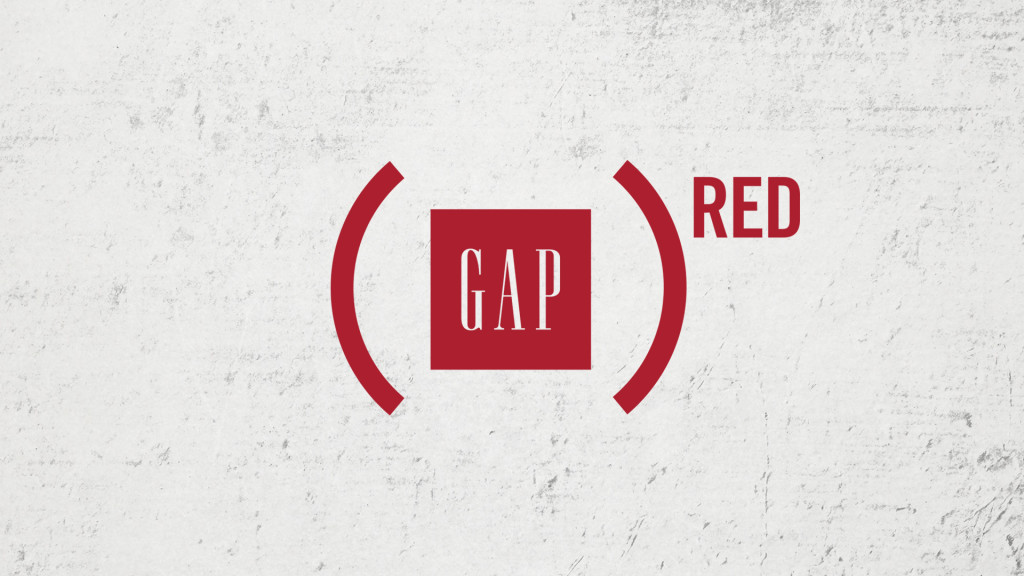Gap’s ‘Red’ campaign is 10 years old. However, it’s unclear who buys heavily-branded products to support the retailer’s work fighting AIDS.
The initiative has raised around $10 million for a noble cause, but with the latest set of products just launched I began to question whether corporate social responsibility activity such as Gap’s still hits the mark with consumers.
Should retailers engage in this type of corporate social responsibility, or is there a bigger opportunity for more strategic social responsibility initiatives in which consumers feel they are playing a more meaningful role?
Being customer-centric
Putting the customer first is a key requirement to be successful in retail. There are a number of drivers for achieving this around convenience, range, price, service and engagement, through customer communications and loyalty initiatives.
However, one of the biggest opportunities is also one of the least used: social responsibility and leveraging your community for the greater good.
To support customers to be socially responsible, a brand needs to act strategically rather than run a once-a-year campaign with branded products and a hashtag.
Brands including US fashion retailer Zady, footwear specialist Toms and eyewear brand Warby Parker have all recognised the power of creating business strategies and cultures around the community giving something back.
Toms and Warby Parker both promote the fact that for every pair of shoes or glasses purchased respectively, they give away a free pair to those in need.
Zady positions itself as a lifestyle destination for charity-conscious consumers.
Magrabi, the Middle East and North Africa’s leading optical chain, goes even further. While it doesn’t seek to take advantage of the marketing opportunity of promoting what it does, it is working to try to cure blindness in Cameroon and other countries.
All of these approaches are less about logos and making the brand look good through a single campaign, and more about making consumers feel empowered to make socially conscious buying decisions by developing a relationship with that brand.
By buying from Toms, or encouraging friends to do so, consumers are actively supporting a cause.
However, they are also buying a product that is desirable in its own right, so Toms is making it easy for consumers to demonstrate their social credentials.
Adapting to changing trends
This approach can resonate for many consumers, but particularly millennials. They will Instagram or Snapchat pictures of their latest pair of Toms, because they look great and because they know they’ve bought a child in a developing country a new pair of shoes to wear too.
I’m not convinced that the latest products in Gap’s ‘Red’ range – mostly basics that are heavily logoed – really hit the mark in the same way.
When Gap talks of raising so much money for the cause, or asking customers to use its #endAIDS hashtag, it’s talking about itself as a business raising the money or ending AIDS. There’s no mention of what its customers have achieved.
Corporate social responsibility when used as a blunt marketing tool looks quite outdated, and does not appear to be very effective.
But brands that appear to put the responsibility into the hands of their consumers can create engaged and loyal audiences who are also more likely to become valuable customers over the longer term.
This article was taken from here.

